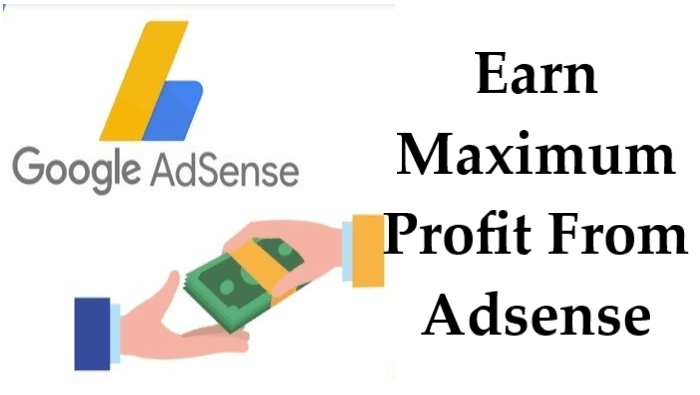One of the most important aspects of getting the most out of your participation. Google’s Adsense program is making sure that Google serves the ads most relevant to your site.
The concept is easy to understand.
Visitors come to your site looking for some content on a topic that interests them. If they see ads directly related to the content they like, they are more likely to click on ads than if they encounter content that is only tangentially linked, or in the worst-case scenario, ads related to their interests. Thus, it is in your best interest to ensure that your site displays relevant ads. Here are some tips to improve the relevance of your content to create more targeted Adsense contextual ads.

The most important things first.
Before you start using Adsense as a monetization tool, make sure you have ads that are relevant to your site or pages. In most cases, you will have figured this out long before you even started website design or content development. However, if you are looking to add Adsense to an existing site that was originally built using other monetization strategies. And you may not be interested in seeing that other advertisers are going after that particular market. Make sure you are on a topic where there are enough ads. If there are few relevant ads, it will be difficult to avoid irrelevant ads.
Keywords are important.
You don’t want content that’s too loaded with specific keywords to destroy readability and value. And you do want to make sure that your content liberally uses topic keywords that create the most relevant ads possible. Experts say that using keywords with your titles and H1 tags is a great way to help you get the most relevant ads possible. It also added advantages in terms of search engine optimization.
Variable sign.
Meta tags were once an important aspect of search engine optimization in general. Although engines rely much less on meta tags than previously thought. As there is some evidence that using keywords to trigger ads in your page’s meta tags can increase the relevance of ads shown. This strategy can help, and it certainly doesn’t hurt.
Watch out for less content.
Many sites do a great job of providing content related to certain topics or keywords in the body of a page. And but their sidebars, headers, and footers are filled with less targeted terms and content. Take a look at your navigation elements and other “side of the page” text and remove keyword phrases that might trigger inappropriate ads. Alternatively, you can use the Adsense section targeting tool to completely remove those areas from consideration for Adsense, unless you plan to display ad blocks or ad link units in those areas.
Tighten up the personality.
You want to keep the content tight on topic. This means that you don’t want to display long, messy articles covering multiple topics. Instead, rely on materials that address individual issues. You don’t want to display multiple pieces of content on the same page with different charges for the same reason. The value of agile features can extend beyond individual pages. Many publishers argue that AdSense rewards comprehensive, tightly themed sites with more relevant ads. Although this aspect of personality is not well researched and proven, it makes sense to follow this practice because of the search engine optimization benefits of having a focused site.
Block bad ads.
Monitor your site regularly and pay attention when irrelevant ads appear. Then, take the time to add them to your site blacklist. Google gives you the power to block individual ads through its Competitive Ads filter. If you block the irrelevant ads that are usually displayed, you can increase your chances of showing more ads that your visitors will actually click on.
The more contextually relevant the ads displayed on your site, the more clicks you can expect to see. Thus, to secure the best possible ads on your site, it is important to try and use a combination of proven SEO methods that also work well with Adsense and some program-specific maneuvers.

